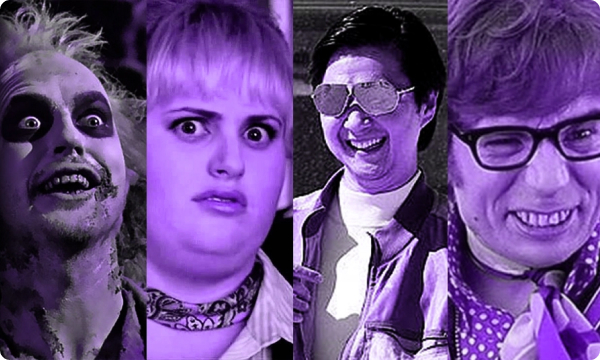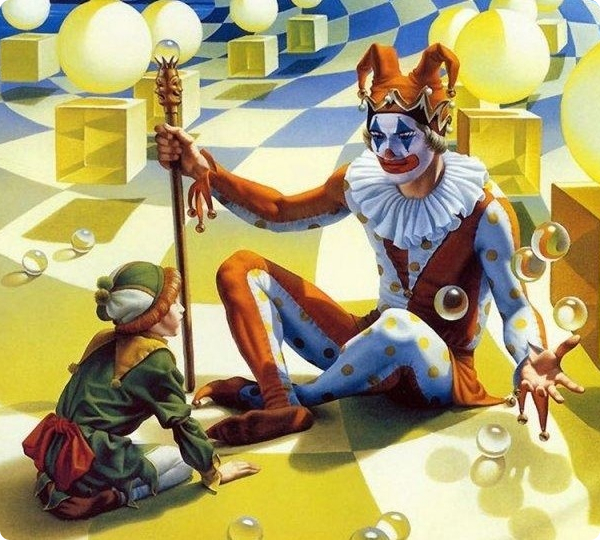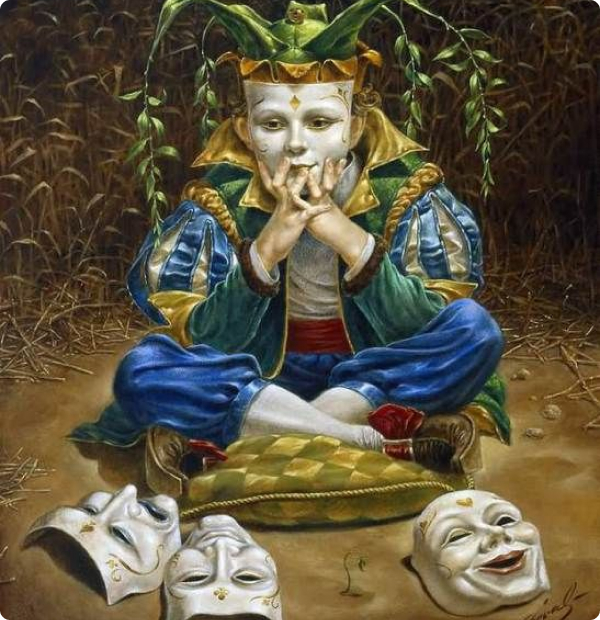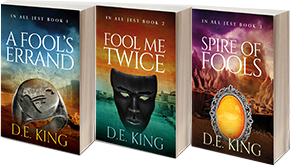The Jester Archetype
The jester is more than just a historical figure, even in today’s society you can see the influence of the infamous tricksters, whether in literature, characters, or on screen.
An archetype, in the realm of psychology and storytelling, refers to a universally recognised pattern or symbol that represents a specific character, behaviour, or situation. These archetypes serve as fundamental building blocks of human understanding and are deeply rooted in our collective consciousness.
Archetypes can be found in various forms, such as figures from mythology, literary characters, or even everyday personas. They embody certain traits and roles that resonate with people across cultures and time, tapping into our shared experiences and emotions. By recognising archetypes, we gain insights into the human condition and can better comprehend the narratives that shape our lives.


Painting by Ilene Meyer
Analytical psychology, developed by Swiss psychiatrist Carl Jung, is a psychological framework that delves into the exploration of the human psyche and its interconnectedness with the collective unconscious. In the context of major archetypes, analytical psychology recognises that archetypes are universal, primordial patterns that reside in the collective unconscious of all human beings.
Jung believed that archetypes manifest in dreams, myths, and symbols, offering insights into the collective unconscious and the depths of the human psyche. Analytical psychology encourages individuals to explore the symbolic language of archetypes, as they can provide valuable guidance, illuminate unconscious patterns, and facilitate personal growth and transformation. By engaging with the Jungian archetype spectrum, individuals can tap into their inner resources, unleash their creative potential, and navigate the complexities of life with greater depth and meaning.
Delve into the universal patterns of the human mind. The 12 major archetypes of Jungian psychology include:
The Hero
The Hero archetype embodies bravery, strength, and the desire to overcome obstacles and achieve greatness. They often embark on a journey or quest to save others or conquer challenges.
The Mentor
The Mentor archetype serves as a guide and teacher, providing wisdom, support, and guidance to the hero or protagonist. They offer knowledge and help shape the hero’s journey.
The Sage
The Sage archetype represents wisdom, knowledge, and a thirst for understanding. Sages are lifelong learners and are often sought after for their deep insights, critical thinking, and ability to find truth.
The Innocent
The Innocent archetype embodies purity, optimism, and a childlike wonder. They see the world with untarnished eyes and inspire others to believe in goodness and possibilities.
The Explorer
The Explorer archetype represents a yearning for adventure, discovery, and new experiences. Explorers venture into the unknown, both externally and internally, in search of meaning and personal growth.
The Rebel
The Rebel archetype challenges authority, defies norms, and seeks freedom from constraints. Rebels stand up for what they believe in and often spark societal change.
The Lover
The Lover archetype represents passion, intimacy, and deep connections. Lovers value relationships and seek emotional fulfilment, often inspiring others to embrace love and vulnerability.
The Ruler
The Ruler archetype symbolises leadership, authority, and a sense of responsibility. Rulers establish order, make decisions, and strive to create a better world for their communities.
The Magician
The Magician archetype possesses mystical knowledge, transformative powers, and the ability to shape reality. Magicians tap into unseen forces to create change and inspire others to see the magic within themselves.
The Caregiver
The Caregiver archetype is nurturing, compassionate, and selfless. Caregivers provide support and care for others, often putting their needs before their own.
The Everyman
The Everyman archetype represents relatability, common sense, and a connection to the ordinary person. Everyman Serves as a reflection of the audience and help others see themselves in stories and experiences.
The Jester
The Jester archetype is characterised by humour, playfulness, and a knack for bringing laughter and joy. They offer comic relief, challenge conventions, and remind others not to take life too seriously.
When compared to the other archetypes, the jester archetype is a captivating and intriguing persona that has existed throughout history. Also known as the fool or clown, the jester embodies a unique blend of wit, humour, and playfulness.
In many traditional societies, jesters held a special position at the court of kings and queens, where they entertained with their antics, jokes, and satire. However, beyond their role as mere entertainers, jesters often played a more profound part in society. They possessed the freedom to speak their minds and offer social commentary, sometimes challenging authority and exposing truths that others dared not utter.
The jester archetype represents the power of humour and laughter to unveil hidden realities, challenge conventions, and provoke introspection. They remind us not to take life too seriously and to find joy even in the midst of adversity. The jester archetype encourages us to embrace our inner fool, encouraging creativity, spontaneity, and a fresh perspective on the world around us.
Whether in the entertainment industry or in the pages of your book, the jester personality is a fascinating brand of human behaviour and adds laughter and humour to even the darkest scenes.
Keen to learn more about the jester and examples you might have seen in popular culture?

Jester | Michael Cheval

